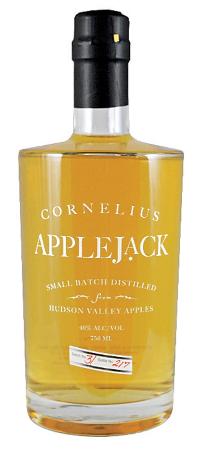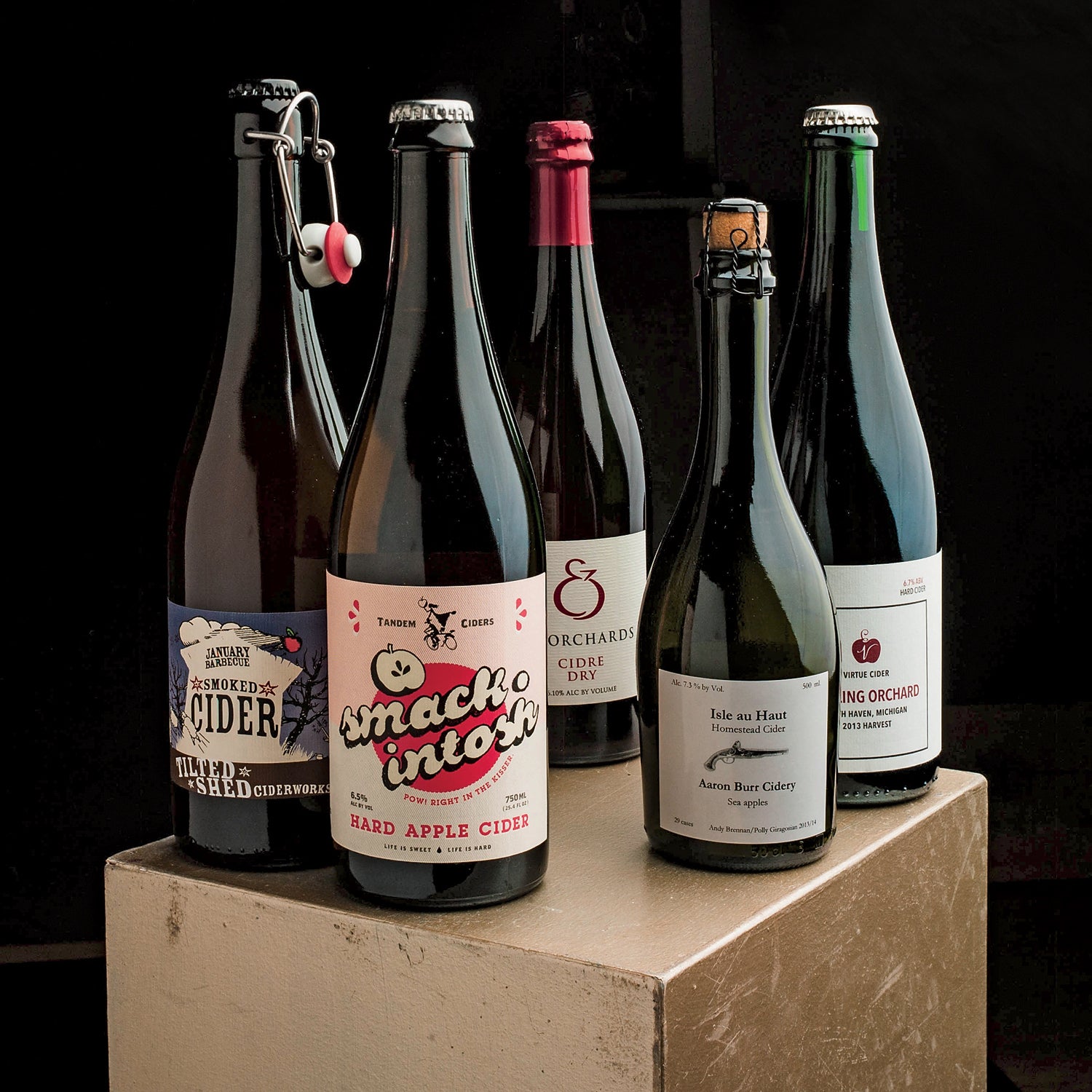Long before ciders gained a reputation for being too sweet, our nation’s founding fathers were growing cider-specific apple varieties and swapping recipes. Then prohibition dealt the drink a blow, German-style beers became the nation’s favorite quaff, and ciders vanished from bars and taprooms. But in the past five years, American cider has undergone a renaissance, with sales jumping some 400 percent and craft producers leading the way.
“When you taste a real, traditional cider, you’re tasting that specific apple, that farm, that soil, and that season,” says Gregory Hall, founder of Michigan’s and former head brewer at Goose Island Brewery in Chicago.
Most broadly distributed domestic ciders use common apples and add sugar, yielding the candied concoctions you see next to the malt liquor at the store. Small cideries like Virtue, on the other hand, rely on local ingredients and the traditional method: pick, mash, ferment, and serve. The results are more in line with what George Washington produced than, say, Mike’s Hard Smashed Apple Ale.
Because cider needs only apples, producers foster tight relationships with nearby farms. Virtue has even partnered with local growers to create a group of single-source ciders called the Estate Series, and it happens to be some of the best stuff we’ve tasted. Which is why we’re stocking up: like wines, vintage matters. What you get this year you’ll never get again.
The Cider Spectrum
Ciders range from dry to semidry to sweet. Here’s how some of our favorites stack up:

DRY
Isle Au Haut, . The apples, foraged on an island off the coast of Maine, are fermented in open buckets.
January Barbecue Smoked Cider, . Heirloom cider apples are smoked over a mixture of pear, apple, and oak wood and added to the juice.
Virtue Estate Series, . Each dry and wild-fermented cider in the series highlights a specific Michigan orchard.
Wild Pippin, . Made from wild apples sourced in New York’s Finger Lakes region and aged in French oak barrels.
SEMIDRY
2011 Cidre, . 
Possibly the most recommended cider on the planet; made from French apple varieties.
Old Fangled Heirloom Blend, . Pressed from vintage varieties in Washington State.
SWEET
Smackintosh, . Fermented from three native apple varieties, this fruit-forward cider has notes of caramel.
SOMETHING FOR THE BAR
Traditional cider too tame? Grab a bottle of applejack, cider that’s been distilled into hard liquor. Harvest Spirit’s is made in New York’s Hudson Valley and weighs in at a brisk 80 proof. Grab it anytime you’d reach for a bourbon.


